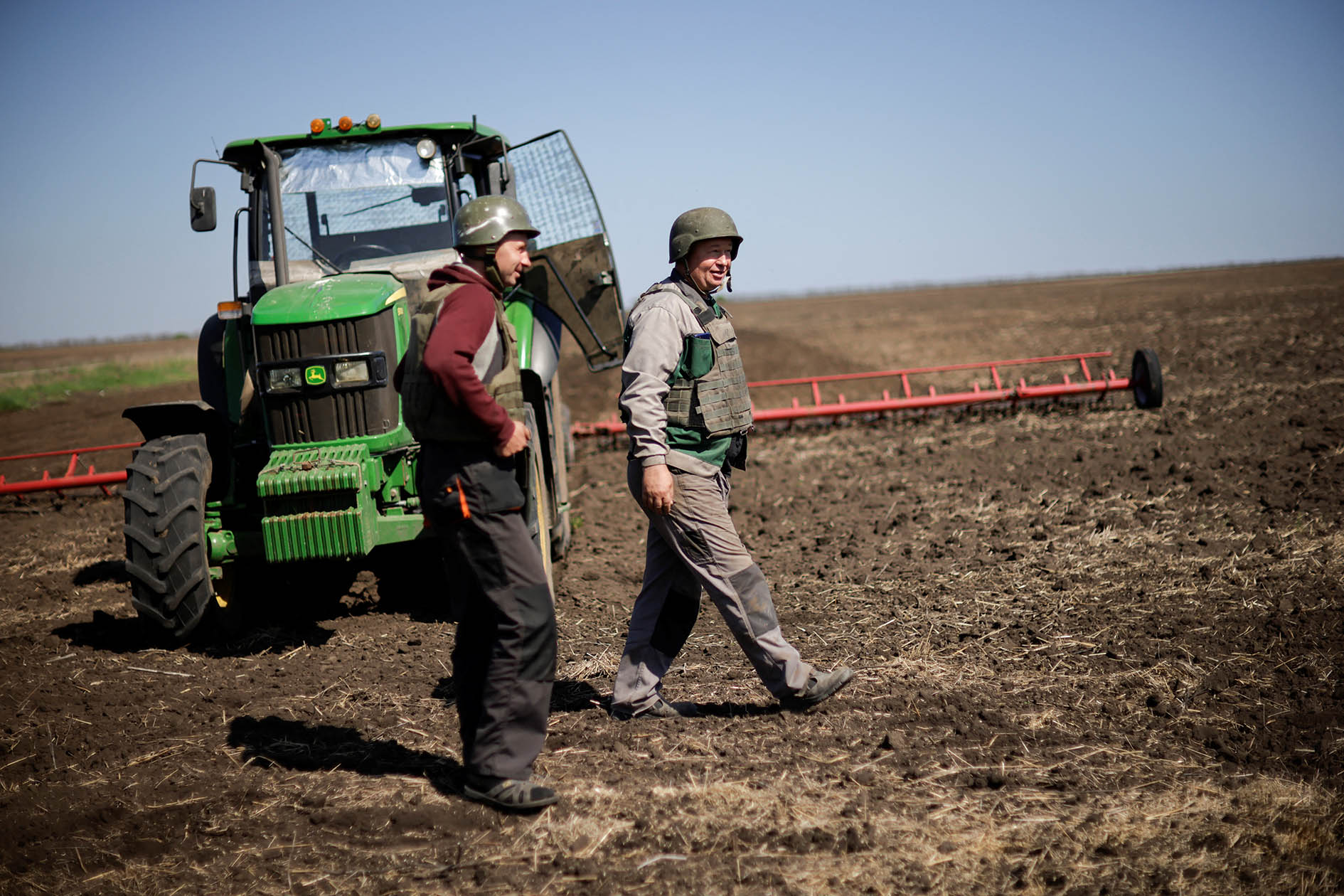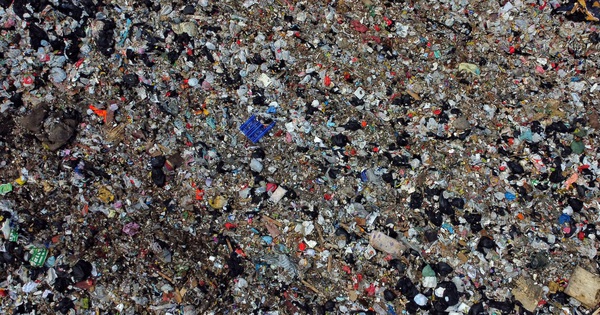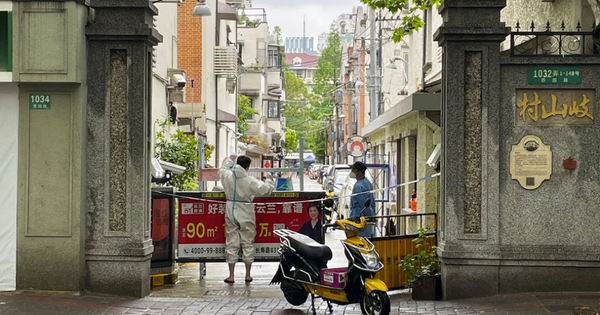The two opposite sides of the food crisis
Soon, Mr. Ryu Ishihara may have to raise the price of his popular soba noodles for the first time in nearly 10 years, as the buckwheat dish has become a “victim” of the Russian conflict – Ukraine.
Despite being an iconic dish, Japan produces only 42% of domestic buckwheat needs (2020 figures). The shortfall is compensated by imports, in which the source of imports from Russia has risen from the 3rd position in 2018 to the 2nd (in 2021) and then surpassed China to occupy the first place from February 2022, according to the report. Japanese Ministry of Agriculture.
The price of Russian buckwheat has increased by 30% in the last 6 months while the prices of soy sauce, flour, vegetables, fish… also keep climbing.
Meanwhile, Mr. Martin Frick, Director in Germany of the World Food Program (WFP), warned the news agency DPA that some 4.5 million tons of grain are stranded in Ukrainian ports because of sea lanes threatened by military activity.
And yet, the WFP said that since Russia launched a “special operation” in Ukraine on February 24, it has had to provide food aid to 2.5 million Ukrainians.

Ukrainian farmers wearing bulletproof vests work in a field in the Zaporizhzhia region on April 26 Photo: REUTERS
To overcome this two-headed difficulty, according to The Guardian newspaper, the German government and DB Cargo, the logistics company of the German national railway company, have launched the “Cereal Bridge” plan with the cooperation of the industry. railways of Ukraine, Poland, the Czech Republic, Slovakia and Romania, thereby ensuring a seamless network throughout Europe.
On the one hand, grain that is “frozen” in Ukraine – estimated at 20 million tons – will follow trains leaving the country and vice versa, agricultural machinery, spare parts… will also be delivered to farmers. Ukraine is sowing the seeds of the summer crop.
Ukraine is one of the largest wheat and corn producers in the world. Many countries in North Africa are particularly dependent on cheap wheat from Ukraine. Similarly, some troubled Middle Eastern countries, such as Lebanon and Egypt – which imported 80% of their flour needs from Russia and Ukraine last year – are grappling with a bread crisis.
However, radio CNN points out that several other countries in the Middle East – in the Gulf – appear to be unharmed even though they have less than 2% of the arable land and have to import up to 85% of their food needs.
Their secret, according to experts, lies in the strategy of ensuring food security since the 1990s; and especially accelerated after the shock of the world financial crisis in 2008.
For example, Qatar ranks 24th in the world (the highest of the Gulf Arab countries) in terms of food security as of 2021, followed by Kuwait, the United Arab Emirates (UAE), and Oman. and Bahrain – according to the Global Food Security Index. “Last” in the Gulf is Saudi Arabia, also ranked 44th in the world.
According to expert Karen Young, thanks to their abundant economic potential, Gulf countries are pouring more money into new initiatives, which can range from desalinated crops to water-saving farming by planting directly. plants in nutrient-rich water.
Aiming to be in the top 10 of the Global Food Security Index by 2051, the UAE grows superfoods – the most nutrient-dense – salt-tolerant, creating vertical farms indoors as well as houses. smart glasses in the dubai desert…
As for Qatar, after being embargoed by its neighbors in 2017, they quickly implemented a national strategy to diversify supply.
From importing 400 tons of milk and yogurt per day, Qatar has built its own dairy industry in the desert.
However, experts fear that the measures that the Gulf is applying are very expensive, unsustainable and difficult to apply to other areas.
Increase interest rates to fight inflation
The Reserve Bank of Australia (RBA) on May 3 raised interest rates by 25 basis points to 0.35%, the first rate hike since November 2010. According to the RBA, the country’s end to maintaining interest rates at a record low is due to a faster and higher-than-expected inflation rate. The annual consumer inflation rate in Australia is currently 5.1%, the highest since 2001.
Mr. Shane Oliver, Head of Strategy and Chief Economist at AMP Financial Services Company (Australia), commented to the radio station. CNBC that the RBA seems to have accepted drastic action.
Australian Prime Minister Scott Morrison attributed the increase in inflation to the influence of world developments, including the conflict in Ukraine and the Covid-19 epidemic in China, but emphasized that Australia has a good economic position. than many developed countries. Still, the RBA’s move is seen as a blow to Mr Morrison’s campaign ahead of the May 21 election.
In the US, with inflation rising to a 40-year high, the US Federal Reserve (FED) will almost certainly announce a 0.5 percentage point increase in interest rates on May 4, according to the firm. AP news. This is the strongest interest rate increase since 2000. The Fed may continue to raise interest rates by 0.5 percentage points in the June and July meetings.
Some economists say the Fed’s action is too late. “A recession is almost inevitable at this stage,” said Roger Ferguson, former vice chairman of the Fed. Mr. Ferguson thinks a recession in the US will happen in 2023 and hopefully only on a small scale.
Spring Mai
at Blogtuan.info – Source: nld.com.vn – Read the original article here



